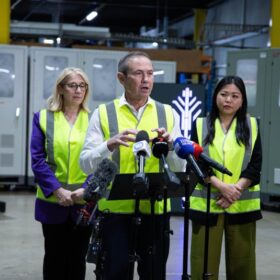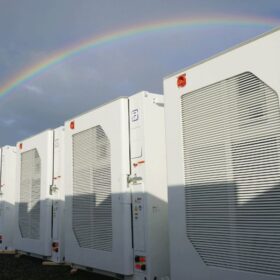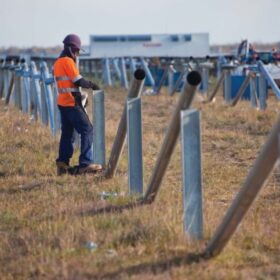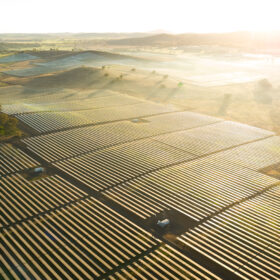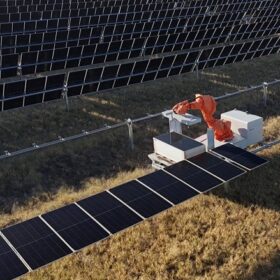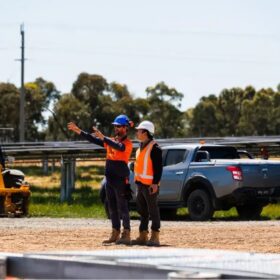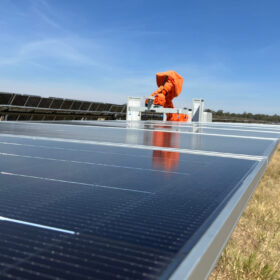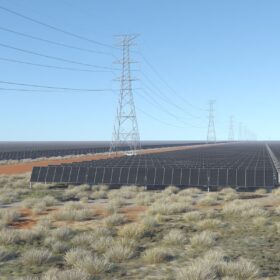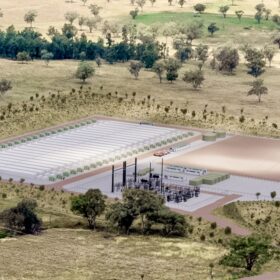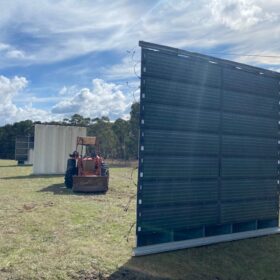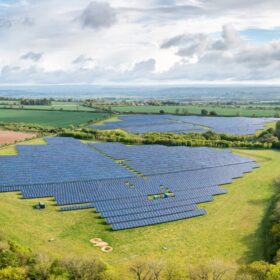WA Budget measures designed to bolster local battery manufacturing
The Western Australian government has committed $50 million to scale up the local battery manufacturing industry to take advantage of an expected surge in demand for household energy storage systems.
Fluence secures state backing to grow Australian operation
United States-based energy storage tech giant Fluence Energy has announced an expansion of its Australian headquarters in Melbourne after locking in a “tailored investment” provided by the Victorian government.
Fortescue’s Gladstone electrolyser factory in doubt as 30 staff laid off
Fortescue may be considering the closure of its 2 GW Gladstone hydrogen PEM electrolyser factory in Queensland following news that 30 staff have been laid off at the facility, and a further 60 in Perth redeployed or made redundent.
Powertech warns skills shortage poses threat to energy transition
Western Australian engineering outfit Powertech has called for targeted government funding and focused training schemes to combat a looming workforce crisis that it says threatens Australia’s renewable energy industry growth plans.
Thornton to step down from CEC role
The Clean Energy Council has commenced the search for a new chief executive officer after current head Kane Thornton announced he would be stepping down after 10 years at the helm of the industry association.
Majority of Australian business chiefs want renewable grid by 2035
A global business executive poll has found 77% of Australian business leaders want a renewables-based electricity system within the decade and for the federal government to priortise reskilling of high-carbon sector workers to help fill clean energy jobs.
Leapting robot completes install of 10,000 PV modules
An AI-driven solar module-mounting robot has wrapped up its first commercial installation project in the Australian market, deploying almost 10,000 modules in less than 10 weeks.
ACLE lands contract to add big battery to Queensland solar farm
Australian EPC contractor ACLE Services has been awarded the construction contract for the first stage of a 148 MW battery energy storage system to be deployed at Spanish renewables developer X-Elio’s 200 MW Blue Grass Solar Farm in Queensland.
Labour shortages and safety prompt developer interest in robot workers
Robots on solar sites are not new; they have been deployed to automate everything from operations and maintenance to inspection and cleaning. In recent months, there has been an uptick in interest in robots for installation, particularly among utility-scale solar developers dealing with staff shortages, safety concerns, rising costs, and pressure to build.
ACLE awarded construction contract for Iberdrola battery project
Australian renewables contracting firm ACLE Services has been awarded the construction and balance of plant contract for the 130 MWh Smithfield Battery Energy Storage System being developed west of Sydney by Spanish energy giant Iberdrola.
